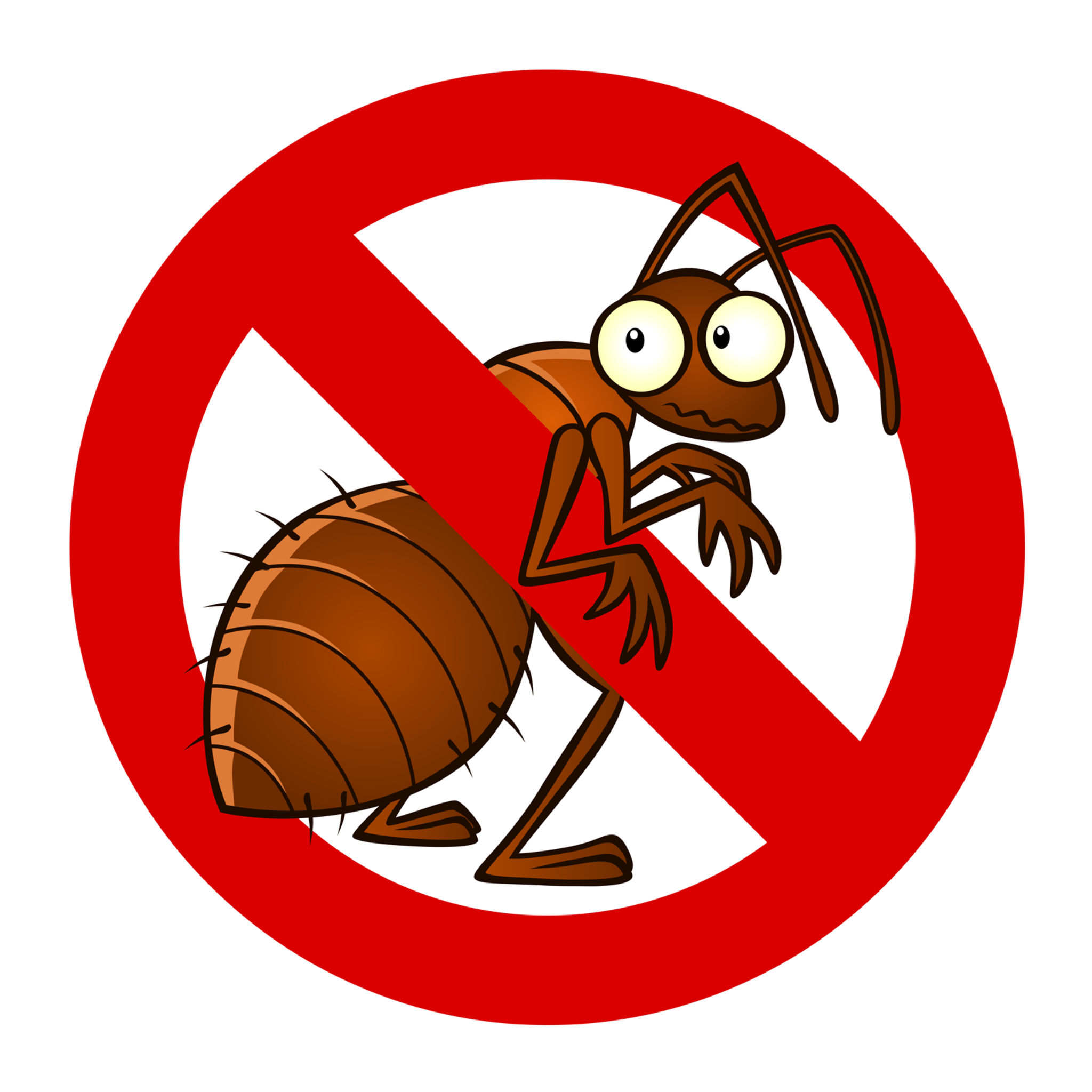A1 Charlotte Pest Control Companies - Your Neighborhood Pest Specialists
A1 Charlotte Pest Control Companies - Your Neighborhood Pest Specialists
Blog Article
Bed Insect Therapy Malfunction: Comparing Chemical Vs. Non-Chemical Solutions
In the world of insect control, particularly when managing the persistent problem of bed insects, the selection between chemical and non-chemical treatment solutions can be an essential one. Both approaches provide unique advantages and drawbacks, affecting factors such as effectiveness, safety and security factors to consider, and total expense. By taking a look at the nuanced information of each method, a more clear understanding of which course to seek in dealing with a bed insect problem can be achieved.
Efficiency of Chemical Therapies
Chemical therapies for bed pest problems have actually been extensively recognized for their rapid and powerful effectiveness in removing these parasites. When thinking about the performance of chemical treatments, it is important to understand that they can give a thorough and fast solution to a bed bug issue.
Furthermore, chemical treatments have the advantage of offering residual impacts, implying that they can remain to get rid of bed insects also after the preliminary application. This recurring activity is particularly advantageous in combating any potential re-infestations. Additionally, the rapid activity of chemical therapies can bring relief to individuals encountering serious bed bug problems, allowing them to restore control of their space quickly.
Safety And Security Interest In Chemical Solutions
One vital element that needs mindful factor to consider when making use of chemical remedies for bed pest therapy is making certain the safety of residents and the atmosphere. Exposure to certain chemicals made use of in bed insect treatments can lead to breathing problems, skin irritation, or other unfavorable responses, especially in people with pre-existing problems or sensitivities.
Additionally, the ecological influence of chemical remedies is another significant consideration. Some chemicals made use of in bed insect therapies may be unsafe to helpful bugs, wild animals, and communities if they seep right into the soil or water supply. It is important to use chemical therapies judiciously, complying with security guidelines, and taking into consideration less toxic options to alleviate these dangers and make sure the safe and effective monitoring of bed insect infestations.
Advantages of Non-Chemical Techniques
Thinking about the possible security issues and ecological influence connected with chemical options for bed bug treatment, checking out non-chemical methods presents a promising alternative with numerous distinct advantages. Non-chemical methods provide a much safer alternative for houses, particularly those with pets, kids, or people conscious rough chemicals. These techniques eliminate the threats of exposure to toxic materials, minimizing the possibility for negative wellness effects. In addition, non-chemical treatments are eco-friendly, as they do not add to air or water air pollution, making them a sustainable selection for insect control.
Furthermore, non-chemical remedies can be effective in targeting bed bugs, consisting of hard-to-reach locations where chemical treatments may not permeate. Techniques such as heat therapy, vacuuming, heavy steam cleansing, and bed mattress encasements offer thorough eradication without making use of unsafe chemicals. Additionally, non-chemical strategies can be less turbulent, requiring marginal prep work and enabling quicker reentry right into treated areas. Generally, choosing non-chemical bed insect therapy approaches not only focuses on safety and security and environmental management yet likewise ensures detailed and effective bug control.
Limitations of Non-Chemical Treatments

Furthermore, non-chemical treatments frequently need multiple applications to achieve effective elimination. This can be time-consuming and may not always ensure full elimination of all bed pests and their eggs, specifically in hidden or hard-to-reach areas.
Additionally, the success of non-chemical treatments heavily relies upon appropriate application and thoroughness, which can be testing for individuals without expert experience. Poor application of non-chemical methods may lead to incomplete eradication, resulting in consistent invasions and the requirement for additional treatments.
For that reason, while non-chemical treatments have their advantages, it is vital to recognize these constraints and consider them when figuring out one of the most efficient approach for handling bed bug infestations.
Price Comparison: Chemical Vs. Non-Chemical Options
Offered the constraints linked with non-chemical treatments, a vital aspect to evaluate in the context of bed pest management is the cost contrast in between chemical like it and non-chemical options. navigate to these guys In contrast, non-chemical therapies like warm therapy or steam can be more expensive, with costs varying from $1,000 to $6,000 for a whole home. While the first expense of chemical treatments may appear reduced, several therapies may be needed to fully eradicate the problem, possibly enhancing the general cost.
Final Thought

Taking into consideration the possible safety worries and ecological effect associated with chemical services for bed pest treatment, discovering non-chemical strategies provides a promising option with a number of distinctive benefits.Offered the restrictions associated with non-chemical therapies, an important aspect to evaluate in the context of bed pest management is the price comparison in between chemical and non-chemical options. In comparison, non-chemical therapies like warmth therapy or heavy steam can be a lot more costly, with prices ranging from $1,000 to $6,000 for a whole home. While the first expense of chemical therapies may seem lower, several treatments may be called for to completely remove the infestation, possibly increasing the overall cost.In conclusion, when comparing chemical and non-chemical bed insect therapy alternatives, it is crucial to consider performance, security, advantages, limitations, and price.
Report this page